- Joined
- Jan 7, 2016
- Messages
- 906
- Reaction score
- 799
No one has surpassed Sigurd F. Olson in writing about campfires. I suggest reading Chapter 5 entitled CAMPFIRES in the Summer Section of his wonderful book THE SINGING WILDERNESS.
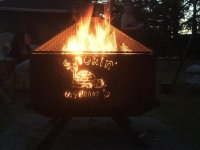
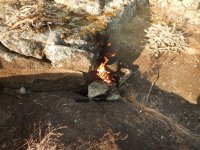
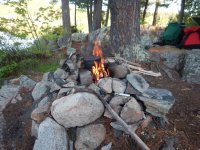
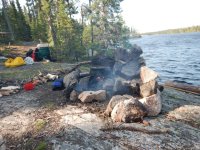
Excellent post and pictures Aslowhand.My fire is kept small. Most of the fire pits I come across need to be modified to suit my needs.
My old pal Al Mundt RIP did a 2 1/2 week canoe trip in what is now the BWCA in 1938. His outfitter was Sig Olsen. Al was a forester and taught people to cross country ski until he was 88 years old.No one has surpassed Sigurd F. Olson in writing about campfires. I suggest reading Chapter 5 entitled CAMPFIRES in the Summer Section of his wonderful book THE SINGING WILDERNESS.
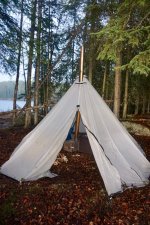
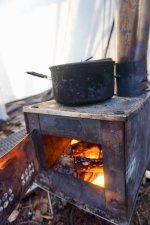
I enjoy a campfire and would hate to see a permanent ban. I understand temporary bans during extreme dry weather, and according to the article dry conditions are more widespread and common than they used to be and may get worse in the future. My take away from the article is, if I were planning an extended trip I would have a contingency plan as to what kind of stove, how much fuel I would need and how I would pack it if there was a ban. I wouldn't wait until the day I got to there to find out if there is a ban and what to do about it.
I would also like to know if the use of some types of stick stoves are allowed, or the use of an enclosed wood stove. I know that in Anchorage when they have a fire ban I can still burn my wood stove. I've taken a wood stove in the shoulder seasons and enjoy its warmth and efficient use of wood and don't miss a fire. My small stove only weighs about 7lbs.
View attachment 144191View attachment 144190
same for Ontario parks and most Ontario provincial bans, except they generally use the term "positive shut off", so my understanding is alcohol stoves are good as long as they have a cap the snuffs the fire, but open cook stoves like stick stoves aren't because you can't snuff them out immediately.Perhaps I've lost track but during BWCAW fire bans, a stove has to have a valve so it can be turned off. Stick stoves, Kelly kettles, etc. not allowed. Some question if alcohol stoves that just have a cap are even permitted in a fire ban.
I'm now thinking that the general subject of fires can be subdivided into at least three different categories.
